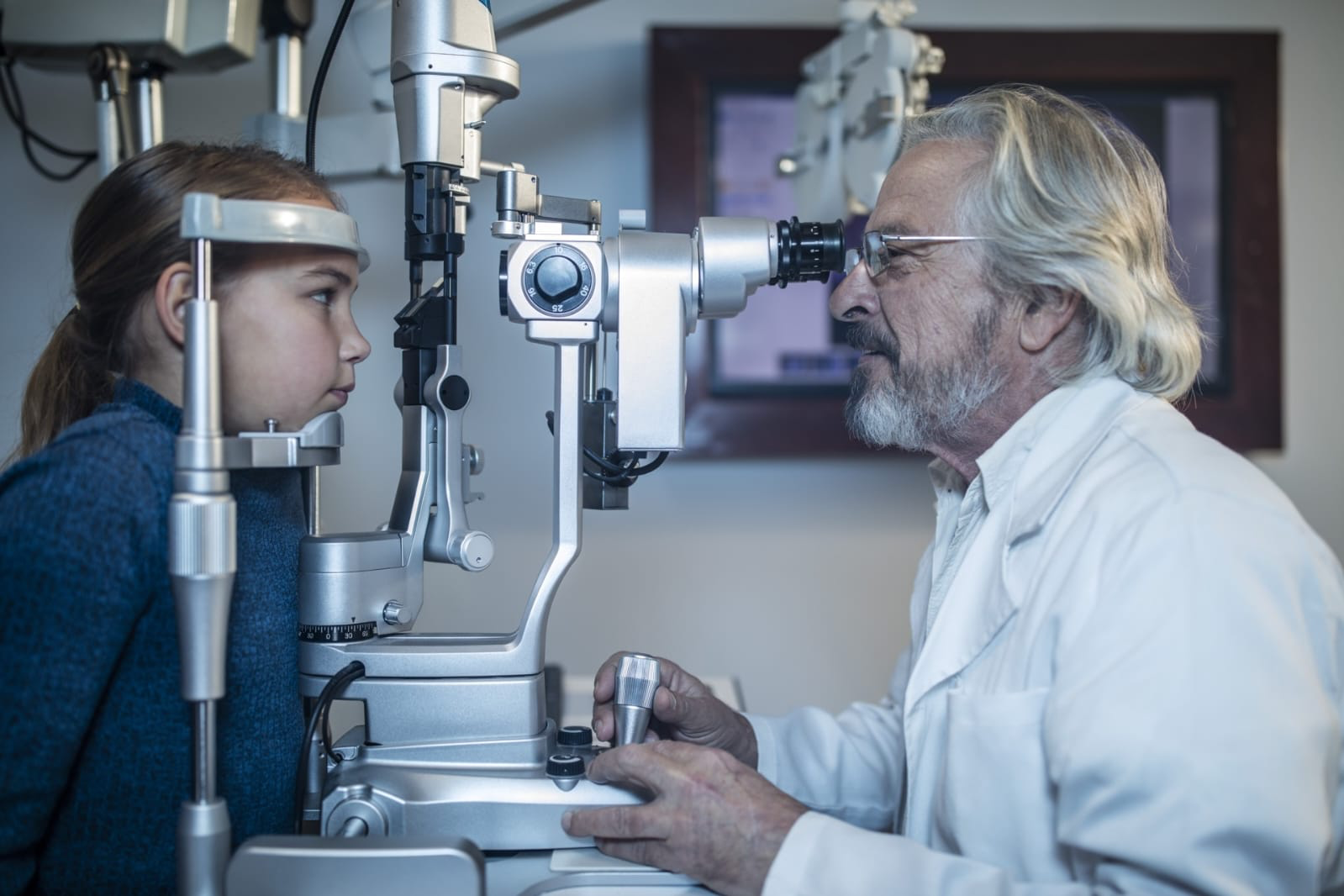Nobody wants to wake up one morning and see a big red spot in the middle of their eye. Most people would panic and wonder what it means. There is no need to do so. With an AI symptom checker, a person can easily determine what this red spot is and how to treat it.
Subconjunctival hemorrhages are broken blood vessels present in the white of the eye. When the blood vessel breaks, the blood becomes trapped under the conjunctiva, or clear covering of the eye. Fortunately, this problem can usually be treated at home, but if you need information on how to heal a broken blood vessel in your eye, the following guide can help.
Treating a Broken Blood Vessel in the Eye at Home
Most people find they don't need to see a doctor when they have a broken blood vessel in the eye. The problem will resolve on its own, so it's just a matter of waiting it out. Most broken blood vessels clear up within a few weeks. They go from bright red to brown to yellow, much like a bruise would. However, a person needs to determine whether they have an underlying condition, such as high blood pressure, that led to the subconjunctival hemorrhage.
Artificial tears may be used to moisten the eye and lessen discomfort as it heals. Applying a warm compress may help the broken blood vessel clear faster, but this treatment doesn't always work. Ensure the compress is warm and not hot. Allow it to remain on the eye until it cools.
Some people take acetaminophen to relieve any discomfort associated with the broken blood vessel. Avoid taking aspirin, however, because it is a blood thinner and could cause the vessel to bleed more. Men and women taking prescribed blood thinners should immediately contact their doctor to determine whether they should reduce the dose of the blood thinner or discontinue it entirely until the broken blood vessel has healed. Never change the dosage of this medication without consulting your doctor, however.
Individuals with a diagnosed bleeding disorder also need to contact their doctor immediately. The doctor may recommend other treatments, such as a blood or platelet transfusion, to address the underlying causes of the broken blood vessel. If high blood pressure is determined to be the cause of the subconjunctival hemorrhage, the doctor may prescribe medication to bring it under control.
Subconjunctival Hemorrhage Risks
Any injury to the eye can lead to broken blood vessels, so it is essential to wear protective eyewear when playing sports or engaging in any activity that could cause eye harm. Contact lenses increase a person's risk of broken blood vessels, and a person may rupture one or more blood vessels when coughing, sneezing, or vomiting. Constipated individuals might also rupture a blood vessel in the eye when they strain during bowel movements.
When to See the Doctor
Subconjunctival hemorrhages often heal on their own. If one doesn't or if there is a loss of vision or pain, see a doctor immediately. When a person has subsequent broken blood vessels in the eye in a short period, they need to see a doctor to learn the underlying cause.
Broken blood vessels in the eye can appear at any time. Fortunately, they typically heal on their own. However, people must be aware of what to look for when they have a subconjunctival hemorrhage to know when to visit a doctor. Having the right information enables them to determine when this problem is minor and when additional care is necessary.
 Online Clock
Online Clock